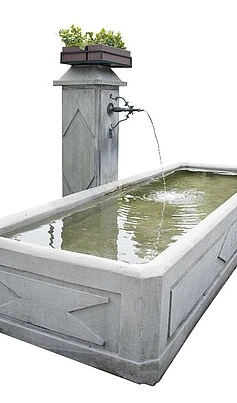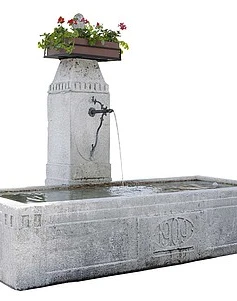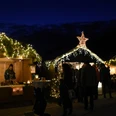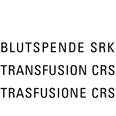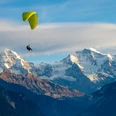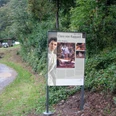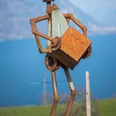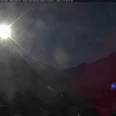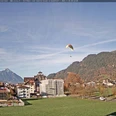- 1:00 h
- 1.56 km
- 3 m
- 4 m
- 571 m
- 575 m
- 4 m
- Start: Beundenhaus Matten
- Destination: Beundenhaus Matten
«Mattenkreuz» fountain
The name refers to the crossroads or the wayside crucifix that stood above a stone grotto in the Catholic era. Later on, widening of the road caused the fountain to be relocated to the hillside. The Mattenkreuz fountain is fed from its own spring. In the 15th century, Interlaken monastery started
building spring water catchment chambers on land owned by the neighbouring village of Wilderswil. The fountains are still supplied by their own pipe system.
«Baumgarten» fountain
Until 150 years ago, many parts of Matten were still a forest of fruit trees. Made from Ringgenberg alpine limestone, the Baumgarten fountain was a gift from the architect Fritz Kübli. His construction business was commissioned by the municipality to build the first stage of the modern sewage system.
«Brunngasse» fountain
In Matten there were many farms belonging to the Interlaken monastery, and their cattle needed water. For this reason, the monastery decided to build fountains. In earlier times, a number of fountains made of wood had stood on Brunngasse.
As the tourism trade started to flourish in the early 20th century, the community found itself in a position to finance the renovation of these fountains. Adorned with art nouveau flourishes, the «Brunngasse» fountain was constructed, along with seven others, in 1909.
«Dorfstrasse» fountain
The fountain on Dorfstrasse is the oldest of the 18 Matten fountains still in existence. The twin fountain was constructed of Goldswil stone slabs by Peter Tschiemer in 1826. To this day, it is used as a trough for cattle and horses.
Surrounded by glaciers, mountain lakes, rivers, streams and springs, our region earns a living from water. Every year, tens of thousands of tourists directly and indirectly spend their holidays with water, skiing, ice climbing, hiking by lakes and rivers, sailing, swimming, canyoning and river rafting.
«Hofstatt» fountain
The ‘Hofstatt’ was once owned by the richest farmer in Matten. The surviving barn housed a farmhouse that now stands in the Ballenberg Open-Air Museum.
Hans Sterchi, the owner, was politically active in the community during the 19th century. Undeterred when his plan to build a school was turned down by the village council, he enlisted the help of local people and self-funded Matten’s first school building on his own land. The former school building still stands to the left of the fountain and is known, appropriately enough, as the «Brunnenhaus» (fountain house).
«Pfandstatt» fountain
The newest fountain in Matten was built in 1996 along with new homes for the elderly. The stone used was sourced from the Grimsel region and hewn by von Bergen stonemasons from Guttannen. (The name ‘Pfandstatt’ used to refer to a building where objects or cattle were deposited as surety.) The second Matten school building, which now houses a kindergarten, was located here.
A story from the first half of the 20th century recounts how during one severe winter, the water for the toilet (a privy at the time) had frozen over. A teacher by the name of August Flückiger took action, and used his army-issue weapon to «shoot the way clear» – and the schoolchildren had a functioning toilet once again.
«Unterdorf» fountain
This fountain provided a source of drinking water into the modern age; people would carry water home in wooden and metal containers known as «Bränten». At the end opposite the spout was a small trough. The fountain’s large basin was a watering trough for cattle, and only the «Sudeltrögli» could be used for washing clothes according to municipal law.
Until the Second World War, glass bottles were filled with water from this fountain and sold to nearby hotels. The Brunnenweg fountain trail then leads along «Alte Unterdorfstrasse», a typically narrow village lane. On the right is the oldest house in Matten: the Kübli-Haus dates from the 16th century, and is followed by the 17th century Aemmer-Haus.
«Mattenwirtshaus» fountain
Opposite the fountain is the Mattenwirtshaus (today the Landgasthof Hirschen), one of the oldest taverns in the region. A blacksmiths licenced to sell wine stood here as early as 1242. The lower section of the current structure was built in 1683, with many new sections added over the ensuing centuries.
The fountain is supplied not by the monastery pipeline, but by its own pipeline. An ancestor of Christian Sterchi, the first owner of the inn, displayed conspicuous bravery at the Battle of Villmergen in 1712. As a reward, the Bern government allowed him to place a fountain with its own supply line in front of his establishment.
Nearby
